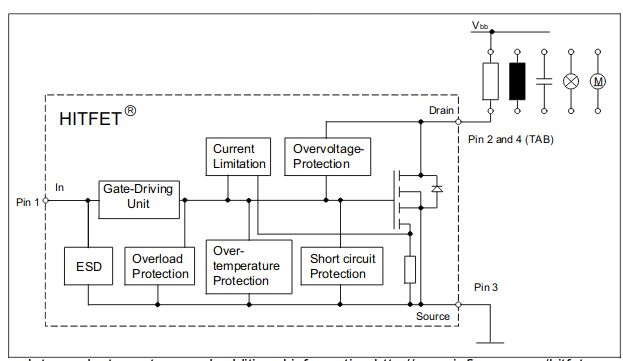There are protected MOSFETs under various marketing names available (e.g. omnifet, hitfet, intellifet, etc). These devices include clamping diodes and overcurrent/temperature protection. They also seem to suggest that inductive loads can be connected directly:
ClampFET topologies utilize ESD protection at the gate input and active gate to drain clamping (described later), useful when switching inductive loads. [...] All topologies drive any type of resistive or inductive load such as solenoids, heater coils, and filament bulbs limited only by the current and thermal capability of the device
Usually flyback diodes are used directly across the inductive load (and not the MOSFET) to prevent voltage spikes if the transistor is turned off. Thanks to the overvoltage protection diodes the MOSFET should be safe, but other parts may not.
Should I use these protected MOSFETs without a flyback diode and what pitfalls may occur?

